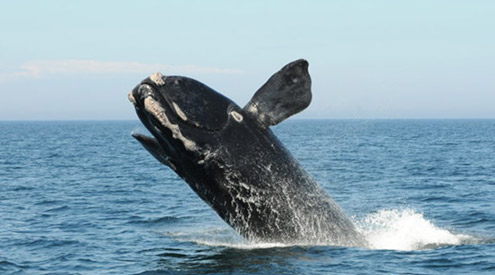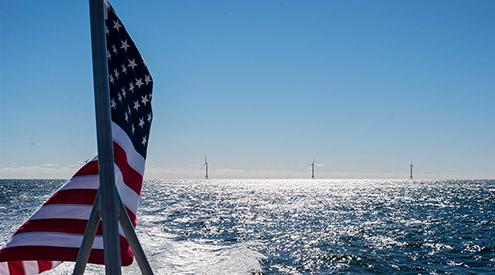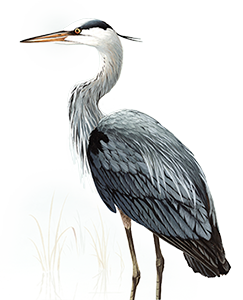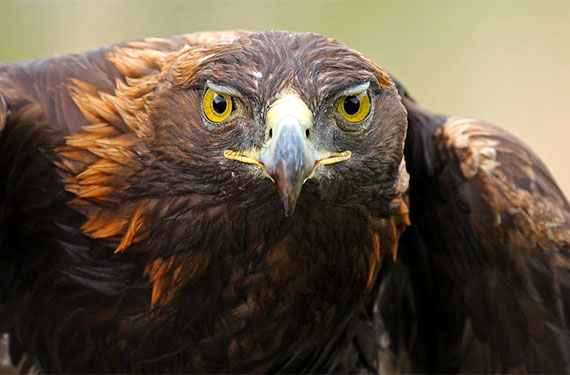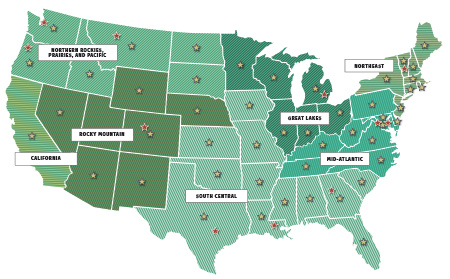Renewable energy—harnessed from sources such as the sun and wind—is vital to reducing the climate change pollution produced by our current dependence on fossil fuels. This dependence had led to dangerous environmental impacts, putting wildlife and people at risk.
Renewable energy reduces a host of other environmental threats, such as mercury pollution that poisons fish and wildlife in our waters, acid rain that harms our lakes and forests, as well as smog and haze, damaging coal strip-mining, and toxic wastewater discharges from power plants.
The National Wildlife Federation works to expand renewable energy, like solar and wind, at the pace and scale necessary to confront the threat of climate change while ensuring its expansion is done responsibly to protect wildlife and habitat.
Making the Transition to Renewables
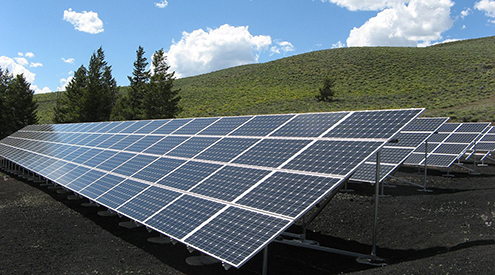
Rapidly transitioning from old fossil fuel power plants to clean renewable energy generation is critical to reducing carbon pollution to safe levels for people and wildlife. This will only happen if the right policies and incentives are put in place at the federal, state, and local levels. The National Wildlife Federation is working with important stakeholders on federal, state, and local levels to enact smart policies for responsible renewable energy development that promote wildlife protection, job creation, and affordable renewable energy growth.
The National Wildlife Federation is also working with diverse and unique partners at the federal level to put in place important market-based policies, like tax incentives and a price on carbon, which will spur a responsible and rapid shift to renewable energy.
Developing Responsible Wind Energy
Wind energy is growing rapidly across the United States, with enough wind capacity currently installed to power 25 million homes. More than a dozen states, mostly in the Great Plains and Midwest, now generate more than 10 percent of their electricity from wind, with Iowa generating more than 30 percent of its power from wind. As wind power expands, the National Wildlife Federation works to ensure its development occurs responsibly and in a timely fashion while protecting birds, bats, and other wildlife.
The National Wildlife Federation is a leading partner in the American Wind Wildlife Institute, which brings together national conservation organizations and wind energy companies to accomplish the shared goal of creating the cutting-edge solutions to minimize the impacts of wind development on wildlife so that wind energy is developed with the very best practices for project siting and operation in and near important wildlife habitat.
Harnessing Offshore Wind Power
The waters far off our coasts have a tremendous amount of untapped wind power potential, available in proximity to many of the nation’s largest energy markets. Rhode Island’s Block Island Wind Farm pioneered the development of this game-changing clean energy resource in the U.S. in 2016, and now provides enough power for 17,000 homes. Offshore wind power promises pollution-free, affordable power and job creation where it is needed most. The National Wildlife Federation is bringing together diverse stakeholders to realize the full potential of offshore wind energy to power millions of homes, and to ensure that wildlife and habitat are protected every step of the way.

